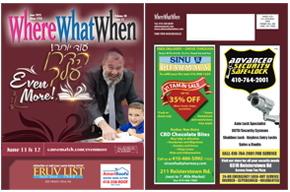It never occurred to Dov Pear that he would one day have a stand at a local farmer’s market selling homegrown “specialty” mushrooms to a regular returning clientele. And yet week after week, he is doing what he loves: growing and selling gourmet mushrooms at local farmer’s markets.
How did this come about? Dov explains that he has always had a fascination with mushrooms whenever the family took hikes in the woods. “If you’re not looking for them, they can really go unnoticed. But like anything, once you start looking, they seem to be everywhere.” Fascinating by the myriad varieties they found, the next question was, “Can I eat these, and can I grow them?”
Eating wild mushrooms is HIGHLY DISCOURAGED unless you are an expert in mushroom identification and have been trained in the field by other experts. The simple reason is that a mistake can be deadly; some poisonous mushrooms look similar to edible mushrooms. A family friend who is an expert in mushroom identification took the family on a foraging hike and showed them a couple types of mushrooms that they could safely pick as they had no look-alike competitors. “I would never rely on a field guide or mushroom app and go ahead and eat a wild mushroom, unless I had an experienced forager with me,” says Dov.
Dov wondered if there was a safe way to grow mushrooms. It was at this time that Covid kept everyone at home, so Dov signed up for an online course and began his journey into mushroom cultivation. “It’s ironic that, as a kid, I thought that mushrooms were the embodiment of the sitra achra. How was it possible that my family actually ate them?” He remembers one time when his mother served spaghetti sauce with tiny bits of mushroom, and he had a full-blown meltdown at the table, until his wonderful mother picked out each and every mushroom for him. (He did not share how old he was at the time!)









